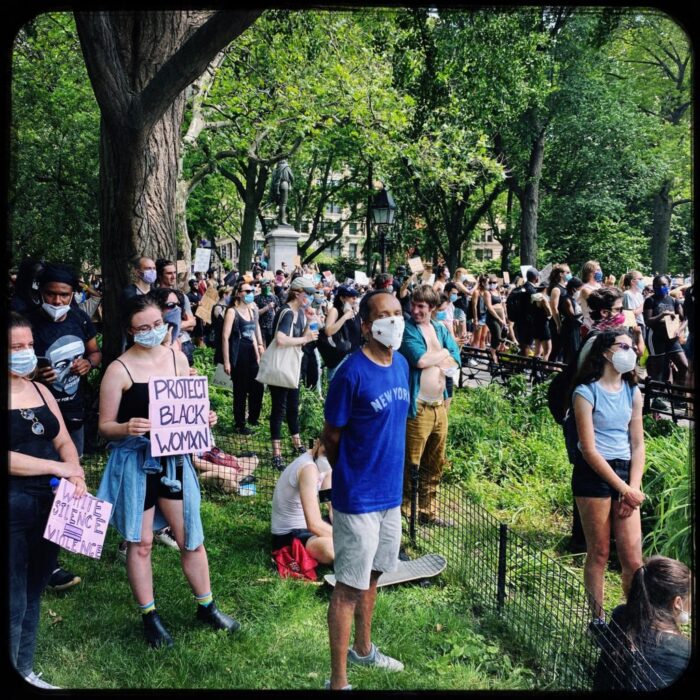Meet the Trinity Hall community
The people of Trinity Hall are the heart of our College. Our students supporting their peers across the College, University and wider community; our young apprentice staff members learning their trade; our Fellows conducting groundbreaking research.
Here we meet just a few of the wonderful people that make Trinity Hall what it is.
You can also hear from current students about their course and experience at Trinity Hall.
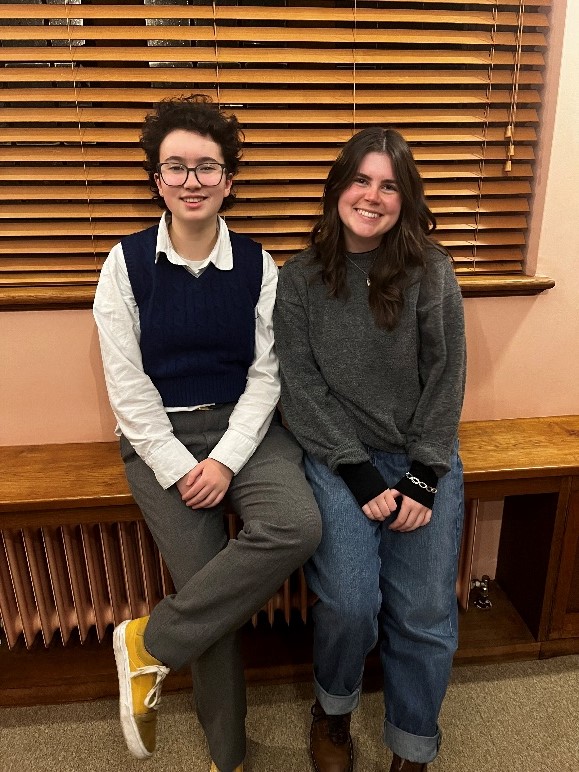
Society Focus: Introducing the Philosophy Society
Find out more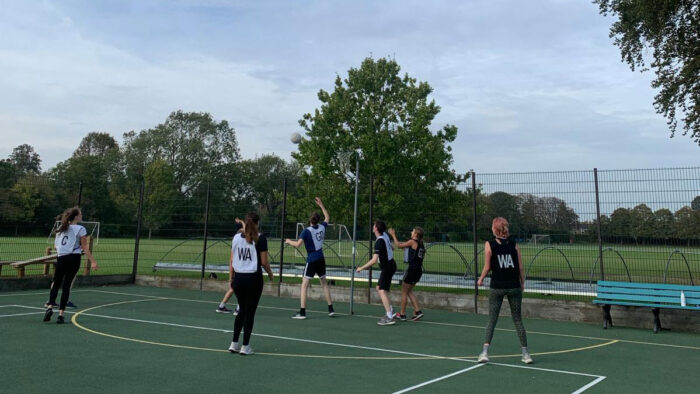
Society Focus: Introducing Trinity Hall Netball
Find out more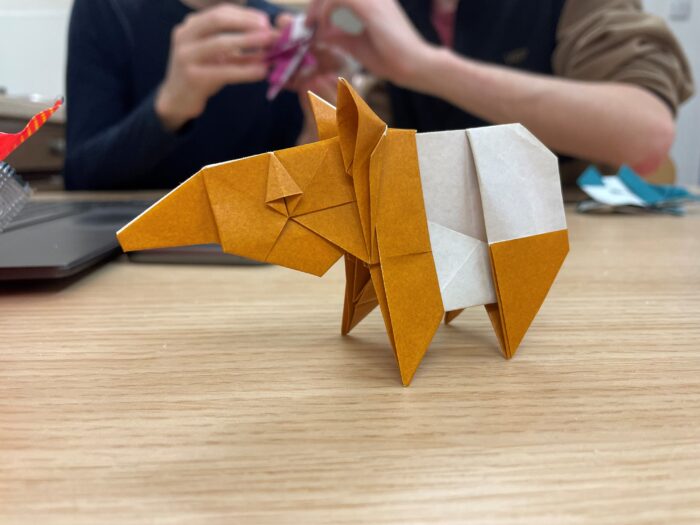
Society Focus: Introducing the Trinity Hall Origami Society
Find out more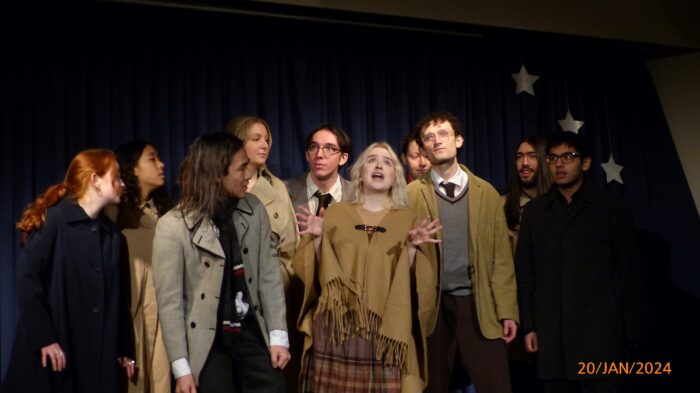
Society Focus: Introducing the Trinity Hall Music Society
Find out more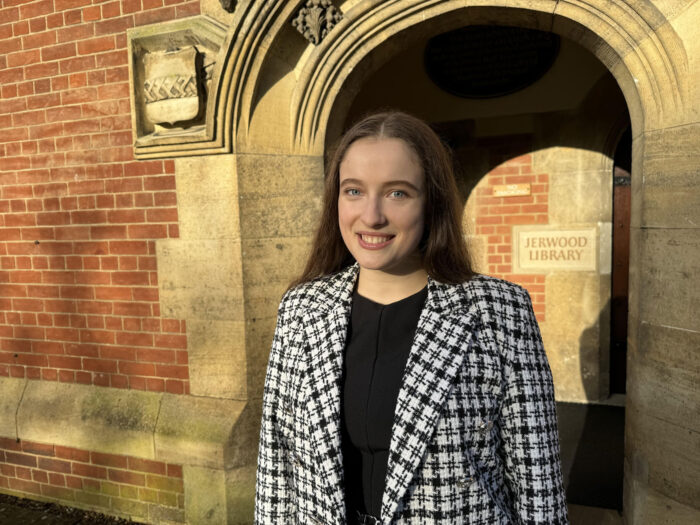
Meet Anastasiia Koziak, 2023/24 Rowan Williams Scholar
Find out more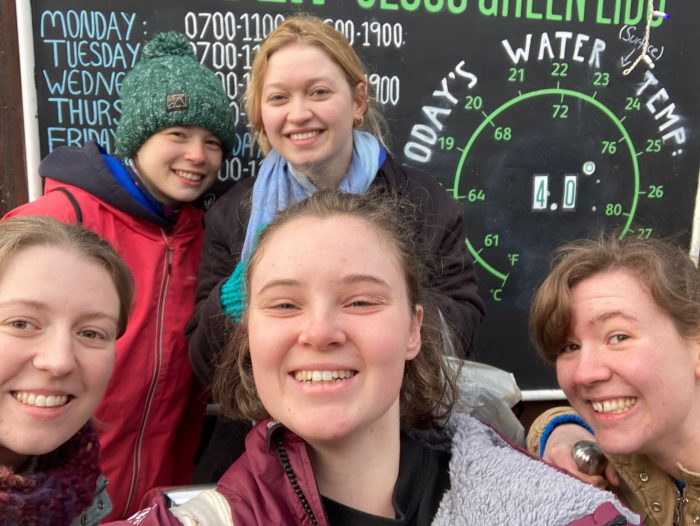
Society Focus: The Trinity Hall Cold Water Swimming Society (Orcas)
Find out more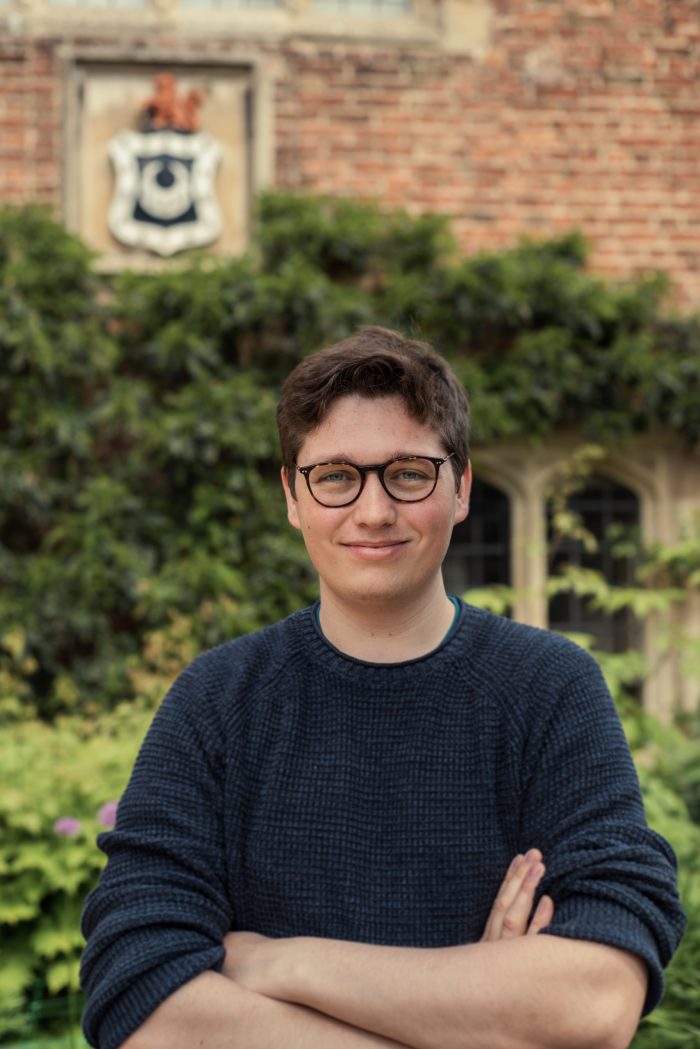
Meet Chris Haggard, MCR President 2021/2
Find out more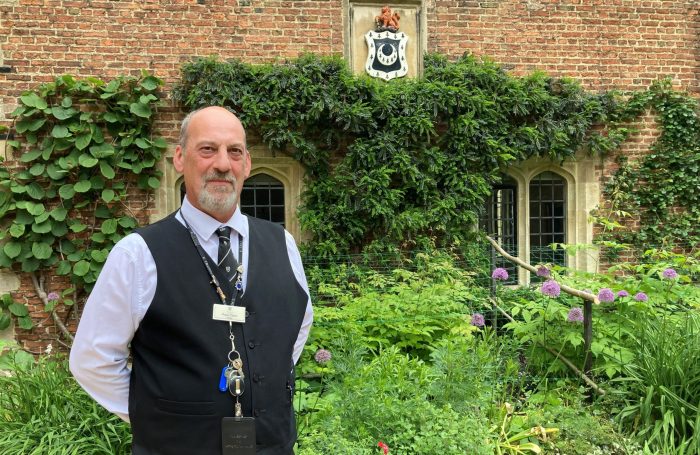
Meet the New Deputy Head Porter, Paul Clare
Find out more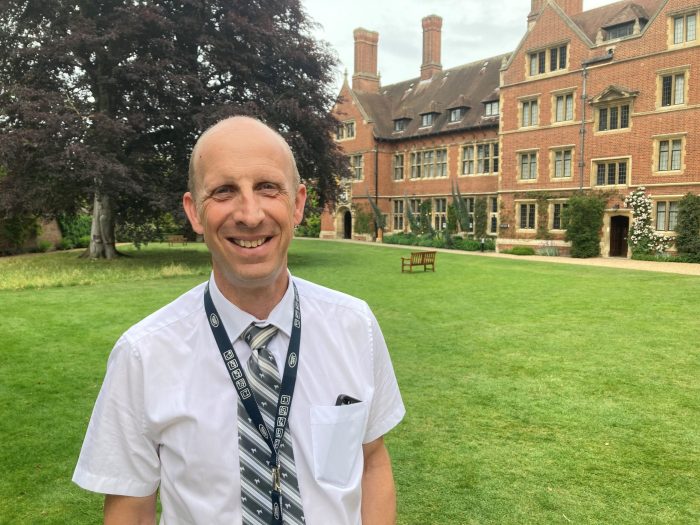
Meet Russell Waller, Head of Buildings and Services
Find out more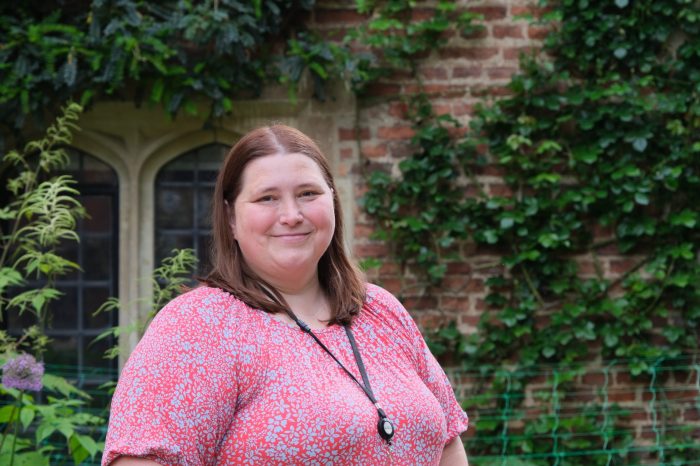
Meet Irina Atkinson: our new tutorial administrator and former Trinity Hall porter
Find out more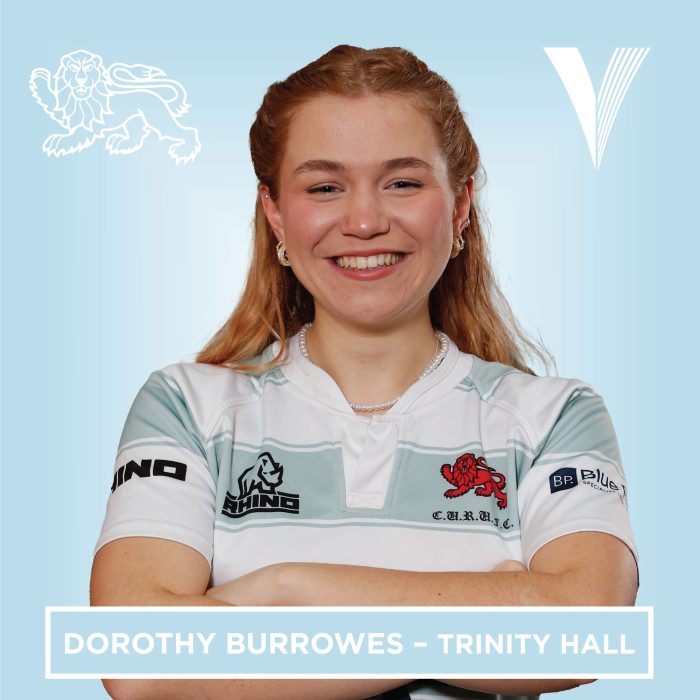
Dorothy Burrowes
Find out more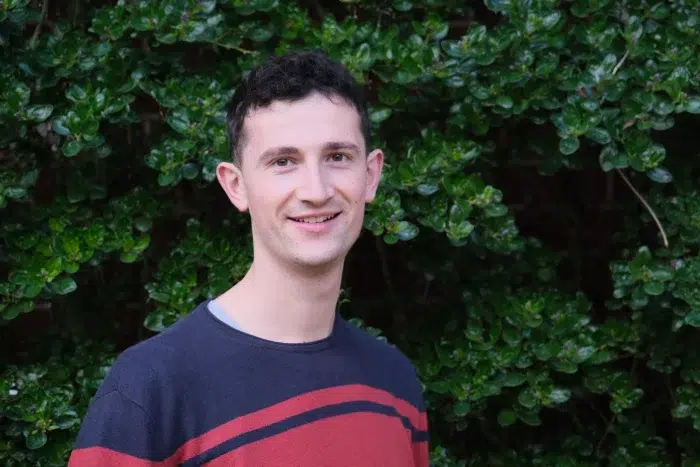
Meet Jordi Ferrer Orri who uses microscopes to help fight climate change
Find out more
Karen Paul – A lawyer’s love for theatre
Find out more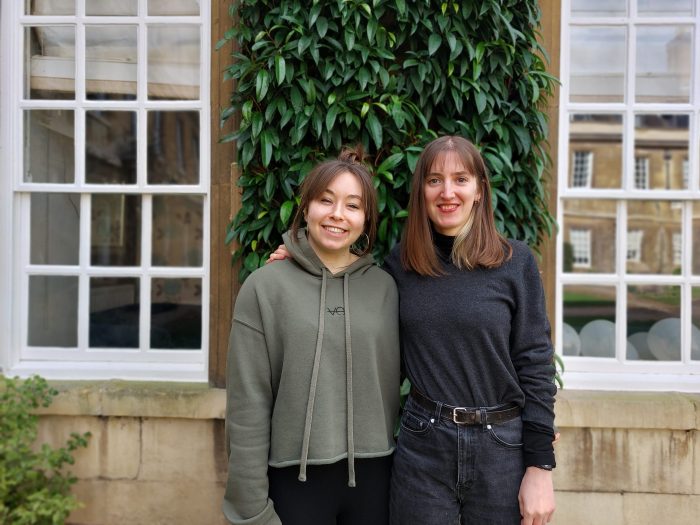
Antonia Netzl and Jess Molyneux, MCR Gender Officers 2021/2
Find out more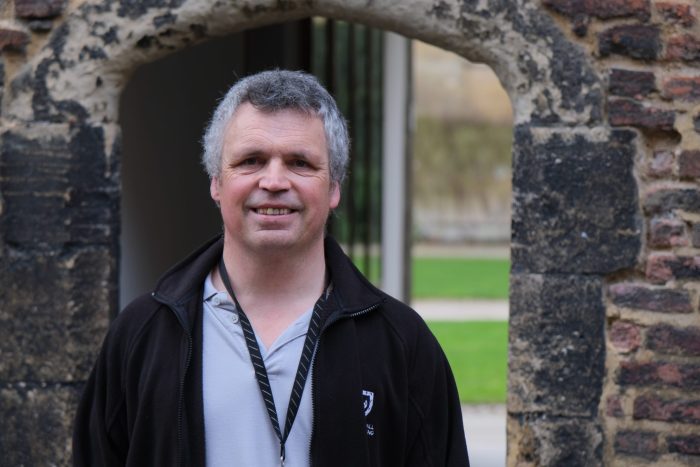
The bedmaker who writes crime fiction
Find out more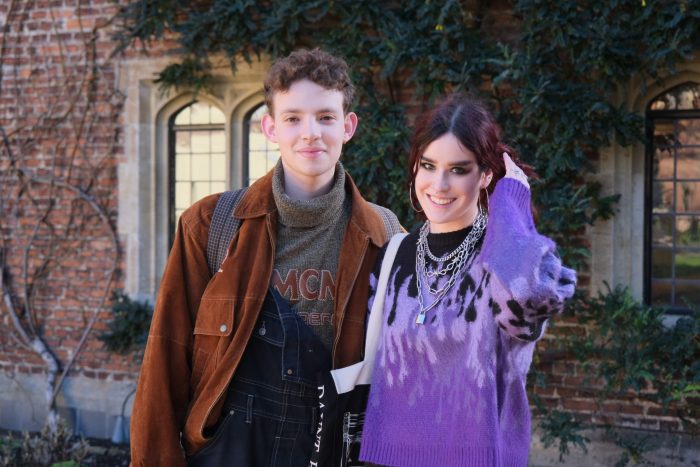
Alex Levy and Kate Valentine, JCR Presidents 2022/3
Find out more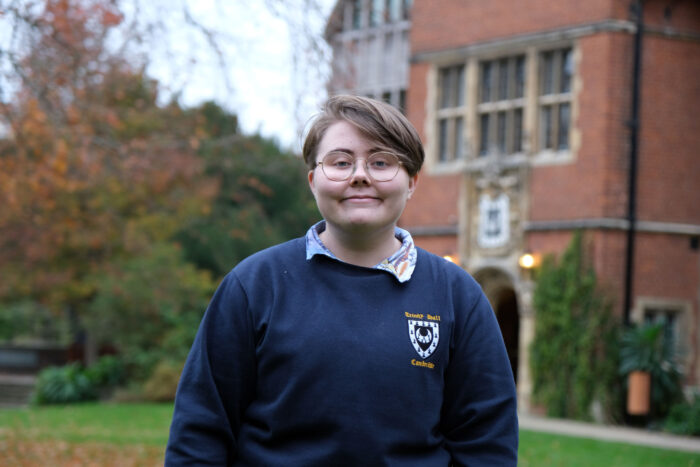
Jam Greenland
Find out more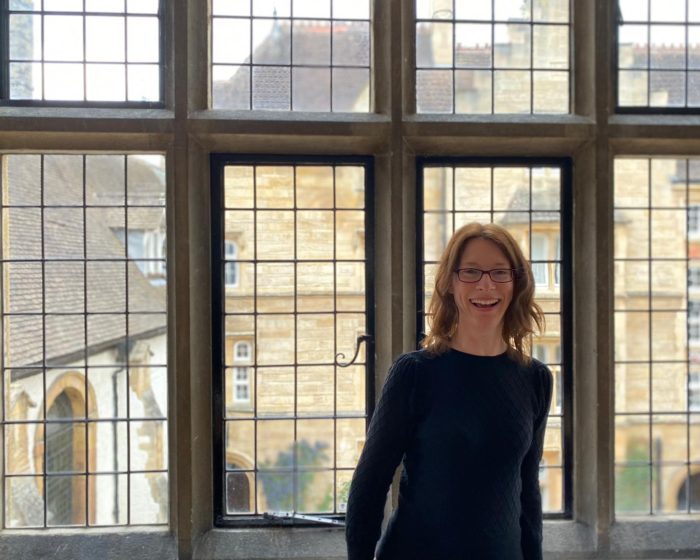
Alumni Officer celebrates 20th anniversary at Trinity Hall
Find out more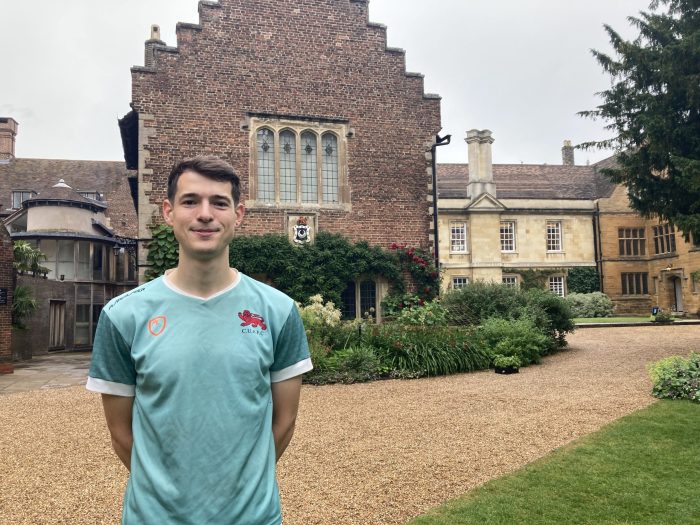
Captain of the oldest Football Club in the world
Find out more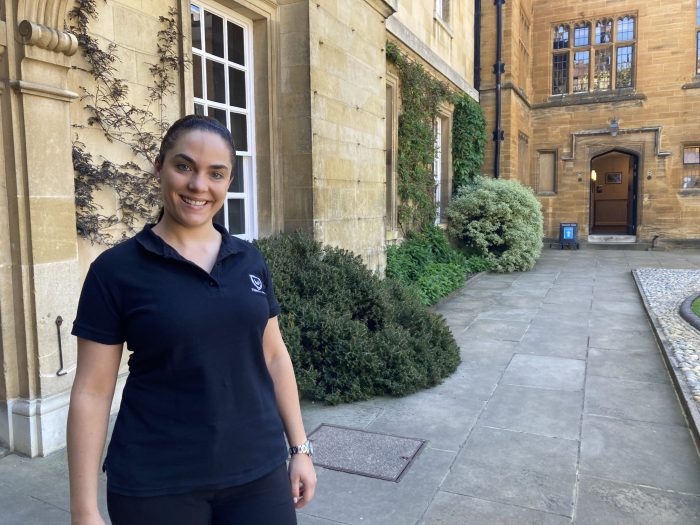
Levonne De Freitas, Manciple
Find out more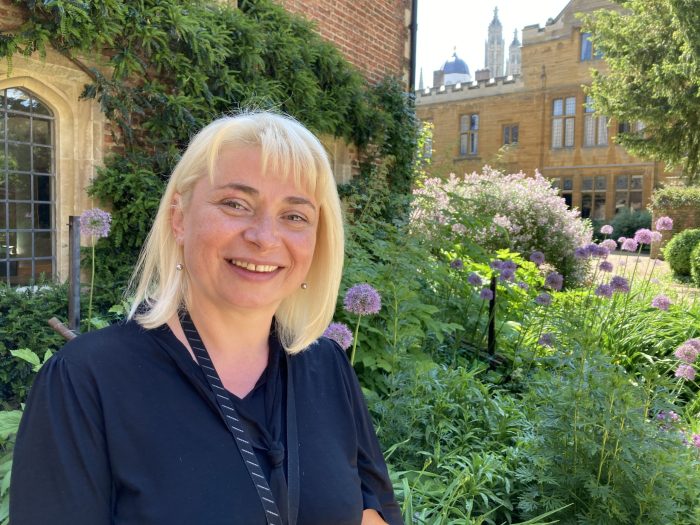
New Head of Housekeeping reflects on almost 20 years at Trinity Hall
Find out more
Abisola Omotayo, alumna
Find out more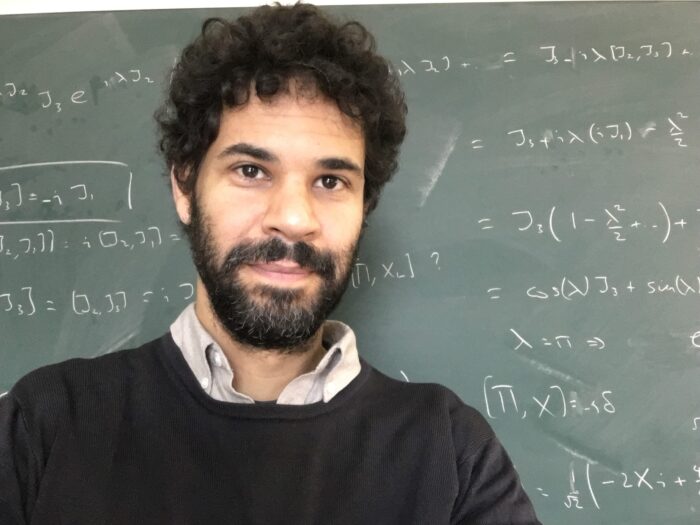
Dr Ron Reid-Edwards, Fellow in Mathematics
Find out more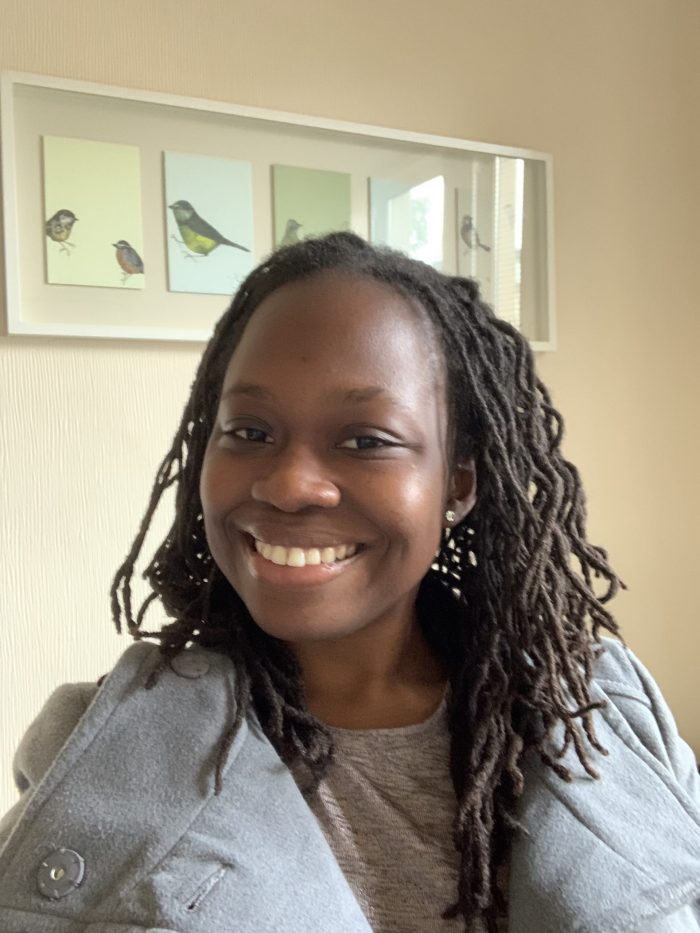
Diekara Oloruntoba-Oju, alumna
Find out more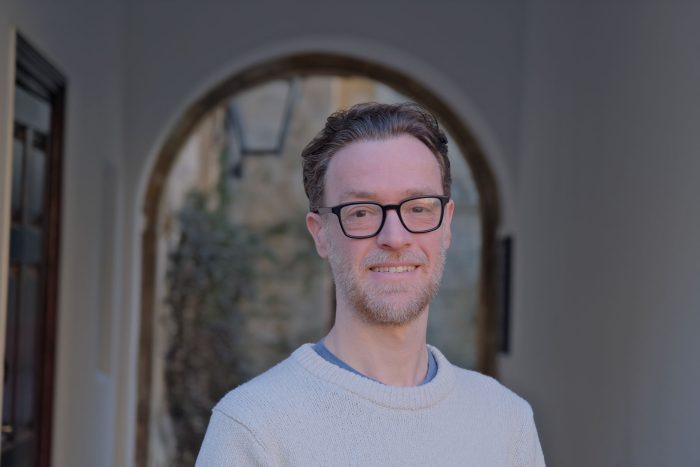
Meet Dr James Wood – Acting Senior Tutor
Find out more